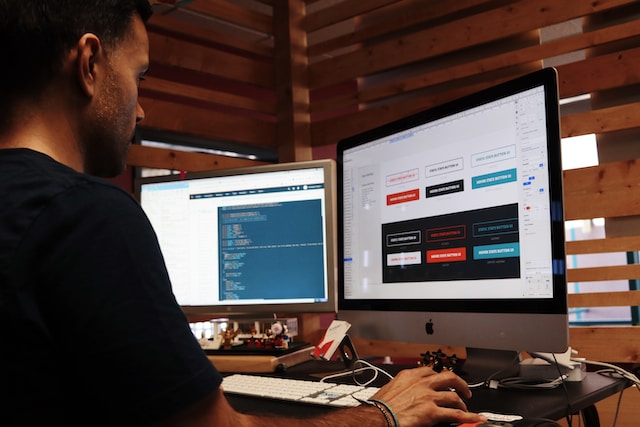Introduction: Designing files for print output can be a challenging task, especially for those who are not familiar with the printing process. However, with the right tools and knowledge, creating print-ready files can be a straightforward process. In this blog post, we will discuss tips and best practices for designing files for print output.
- Use the Right Color Mode: When designing files for print, it’s important to use the CMYK colour mode instead of RGB. This is because RGB is optimised for digital displays, while CMYK is optimised for print. Using the wrong colour mode can result in colour shifts and discrepancies when the file is printed.
- Check Image Resolution: Images used in print materials should have a resolution of at least 300 dpi (dots per inch). Lower resolution images may appear pixelated or blurry when printed. It’s important to check the resolution of all images before including them in the final file.
- Embed Fonts: When designing files for print, it’s crucial to embed fonts in the file. This ensures that the font will be displayed correctly and without errors when the file is printed.
- Use Bleed: Bleed is an area of the design that extends beyond the final trim size of the printed piece. Including bleed ensures that there are no white borders or edges around the printed piece after it has been trimmed. When designing files for print, it’s important to include bleed to ensure a clean and professional-looking final product.
- Use a Professional Printer: Finally, it’s essential to work with a professional printer who has experience with print output files. They can provide guidance and ensure that the file is optimised for the printing process, resulting in a high-quality and professional-looking final product.
Designing files for print output requires attention to detail and an understanding of the printing process. By following these tips and best practices, you can ensure that your print materials are high-quality, professional-looking, and ready for print. Whether you’re designing business cards, brochures, or any other print materials, taking the time to design files for print output will ensure that your final product looks great and leaves a lasting impression.
